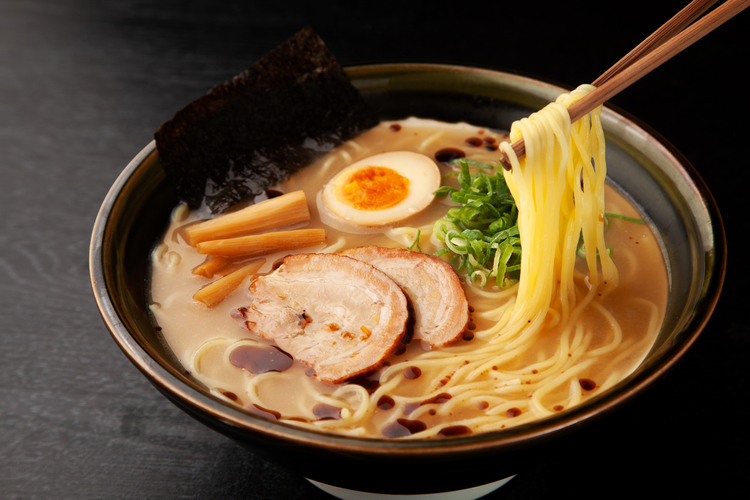What is ramen?
Ramen is a noodle dish consisting mainly of noodles and broth, combined with ingredients such as chashu pork, bamboo shoots, seasoned egg, chopped leek, and seaweed.
Noodles are Chinese-style noodles made from wheat flour, and come in a variety of noodle thicknesses.
Soup is made by making broth from ingredients such as chicken, dried bonito flakes, dried sardines, pork bones, and vegetables, mixed with seasonings.
Ramen is usually topped with bamboo shoots, chashu pork, chopped leek, boiled egg, and more, but the specific toppings can vary depending on the region, the restaurant, and the type of ramen.
There are various types of broth for ramen and different types of ramen depending on the region, including soy sauce, salt, miso, and pork bone flavors.
The origin of ramen is not entirely clear, but it is widely believed to have come from China.
It is said to have been introduced to Japan by Chinese immigrants during the late 19th and early 20th centuries.
Since then, ramen has evolved in its own unique way in Japan, with each region having its own distinct characteristics.
In recent years, ramen has moved beyond being just fast food and is now enjoyed as a fine cuisine that incorporates a range of ingredients and techniques.
We can see many new approaches to ramen, including the use of truffles and vegan-friendly options.

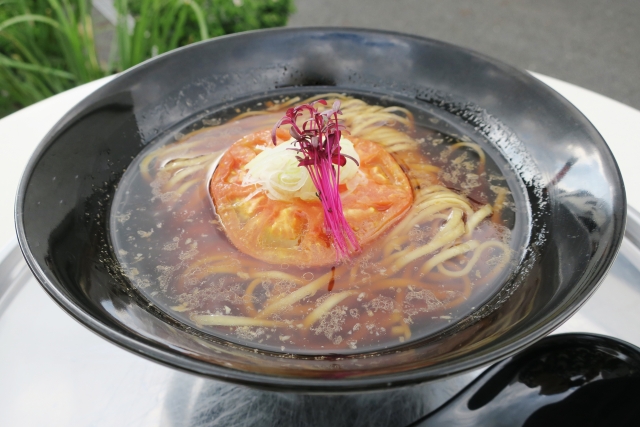
Varieties of ramen
Although ramen is constantly evolving, here are some common types:
Shoyu ramen (soy sauce ramen)
This is the most common type of ramen and has a clear soy sauce-based soup.
The soup is made by adding soy sauce to a broth made from ingredients such as chicken, pork, and vegetables, resulting in a simple but deep flavor.
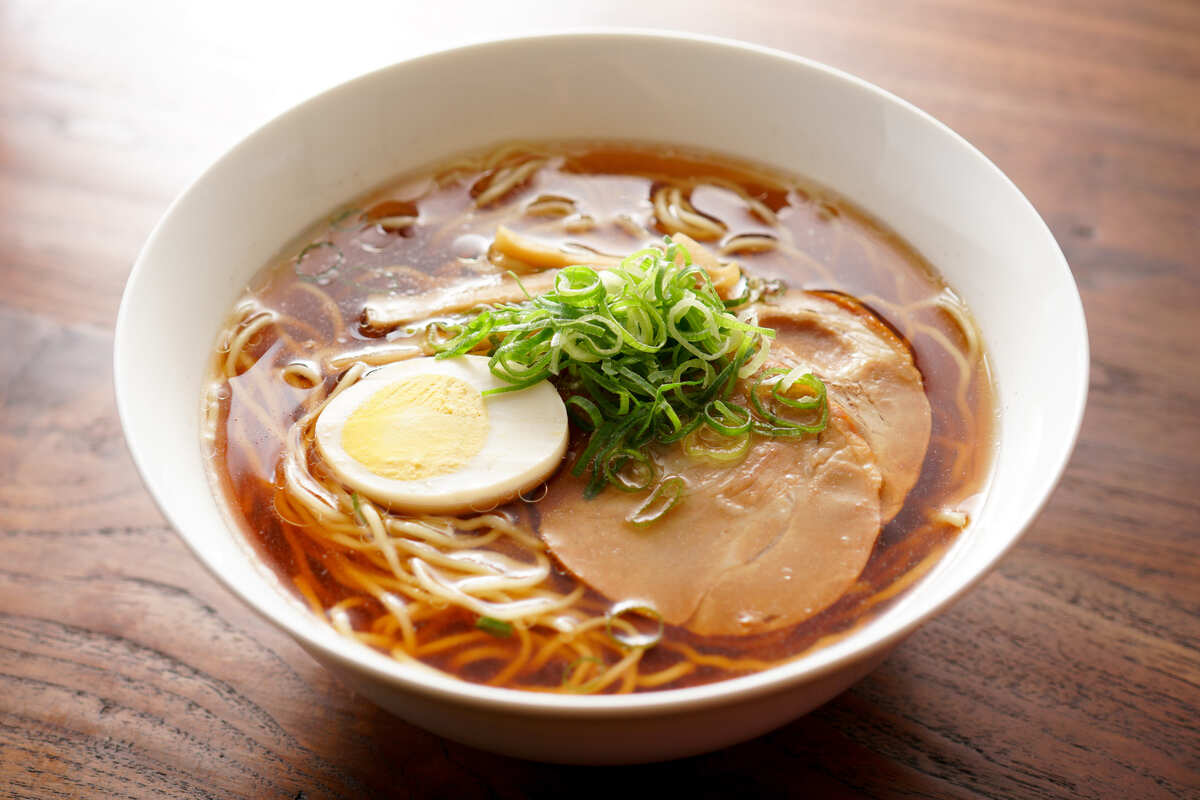
Miso ramen (fermented soy bean ramen)
This type of ramen is characterized by its rich flavor and features a soup made from miso.
It is known for its deep flavor, and some theories suggest it originates in Sapporo, Hokkaido.
Miso ramen is often topped with vegetables, pork, and butter.
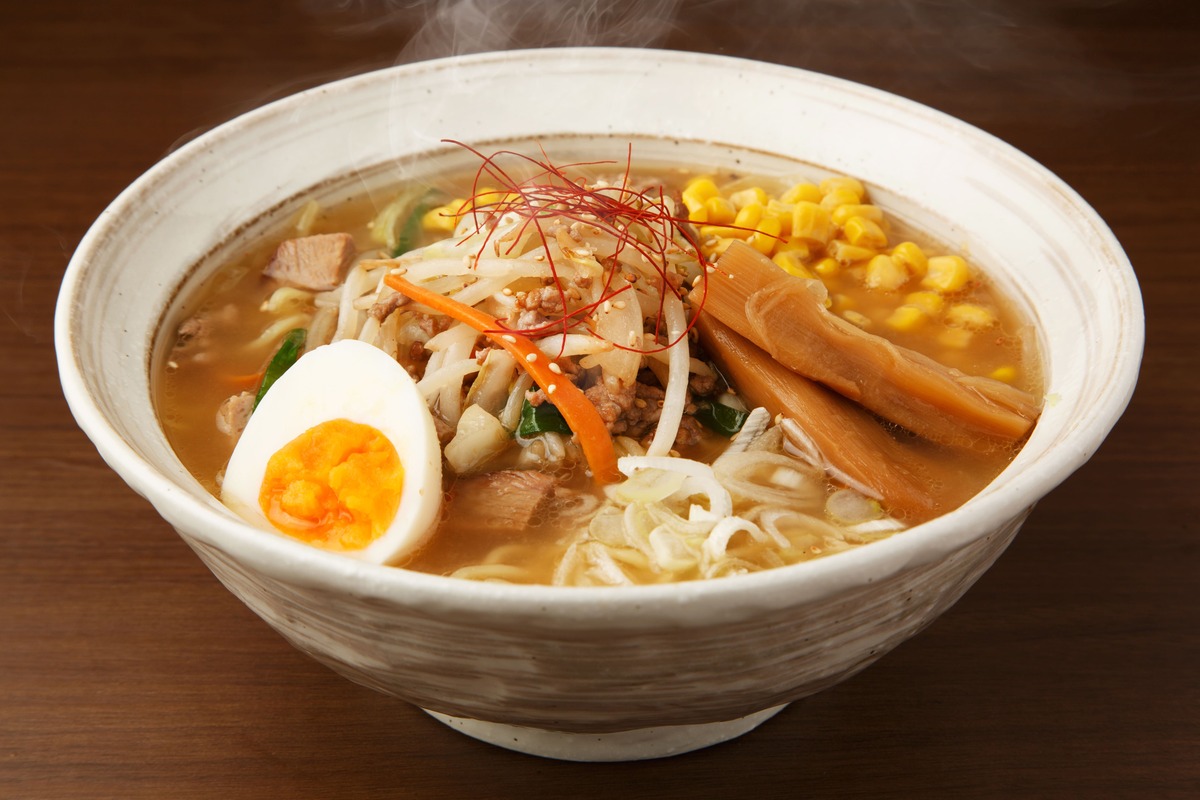
Shio ramen (salt ramen)
It features a salt-based soup and has a light, refreshing flavor.
The soup is made from chicken and vegetable broth, seasoned with salt for a simple yet refreshing taste.
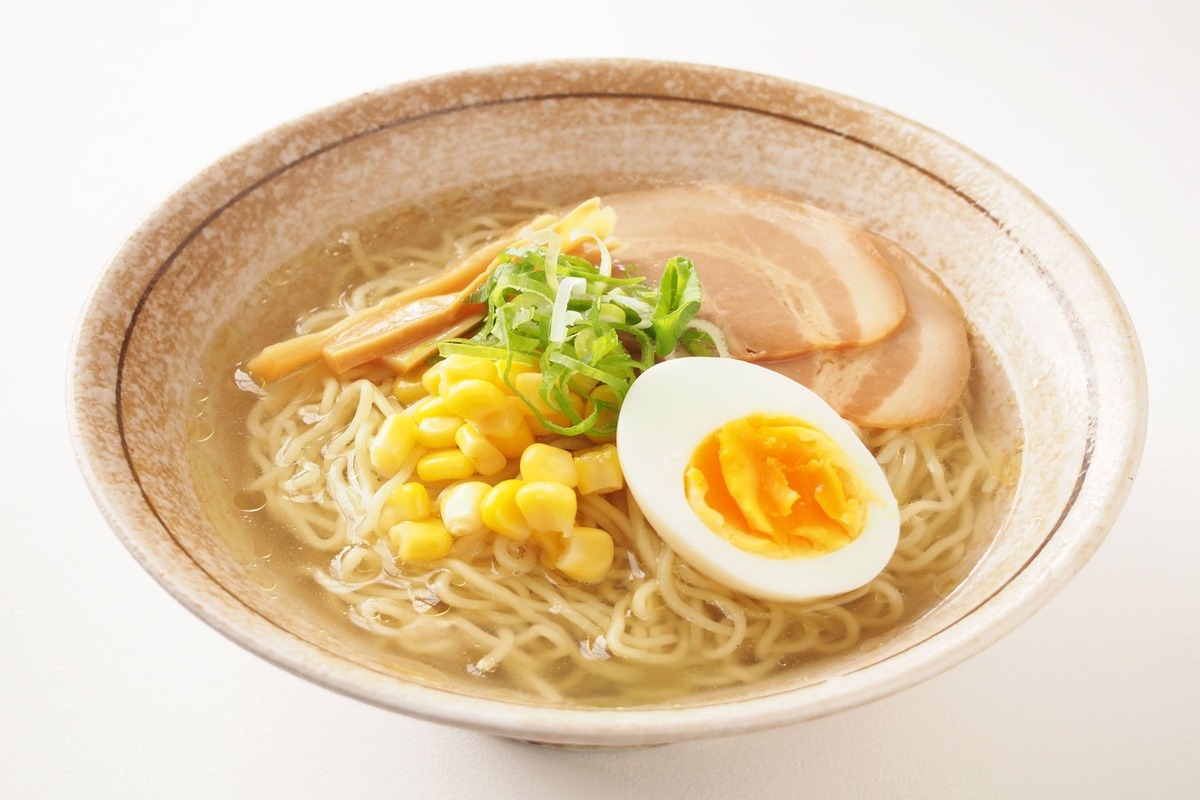
Tonkotsu ramen (pork bone ramen)
It uses a cloudy white soup made by simmering pork bones for a long period of time.
Hakata ramen, which originates in Hakata, Fukuoka, is especially famous for its thin noodles and thick broth topped with chashu pork, green onions, and seaweed.
You can find various flavors for tonkotsu ramen, including tonkotsu shoyu ramen with soy sauce-flavored pork bone soup, tonkotsu shio ramen with salt-flavored pork bone soup, and tonkotsu miso ramen with miso-flavored pork bone soup.

Gyokai-kei ramen (seafood ramen)
This type of ramen has soup based on broth extracted from sardines, bonito, and other seafood. It is available in various flavors, including soy sauce, salt, and miso.
Its rich and unique flavor is loved by many ramen lovers.
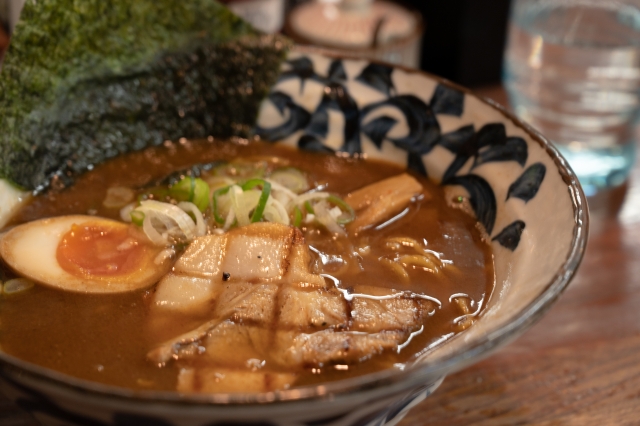
How to make ramen
The general process of making ramen is explained below.
Ramen is a craft that requires a unique flavor, specific to each restaurant.
For soup, the first step is to make the broth.
The broth is made using chicken, pork, seafood, and other ingredients, with strict control over time and temperature.
The next step is to season the broth.
Various sauces based on soy sauce, salt, miso, or other flavors are used and adjusted to ensure that the soup is rich and the natural flavors of ingredients are not spoiled.
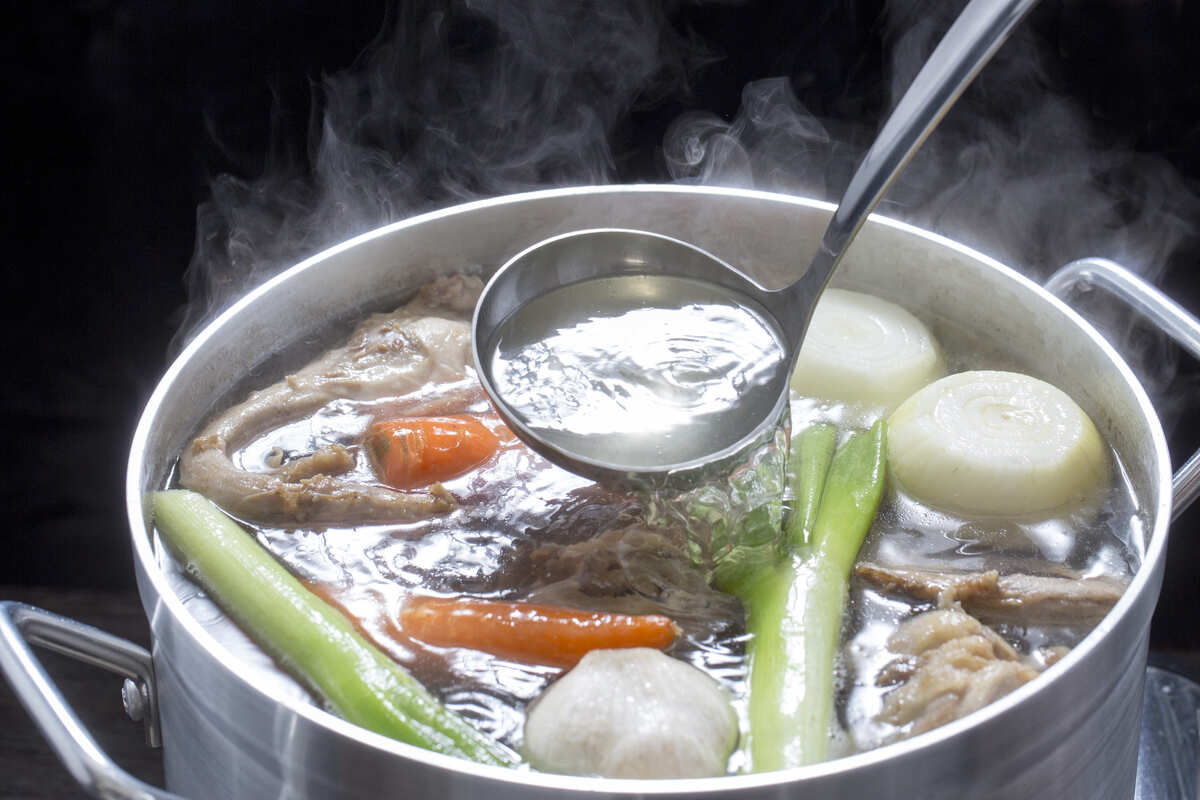
Then, the noodles are made using a mixture of flour, water, salt, and brine.
The texture and flavor of the noodles vary greatly depending on the amount of water, brine, and kneading.

Next is to boil the noodles.
Boiling noodles is a crucial step, as the boiling time and water temperature greatly affect the texture of the noodles.
The technique of boiling noodles al dente is especially important.
After boiling, the noodles are drained from the water and placed in a bowl of soup.
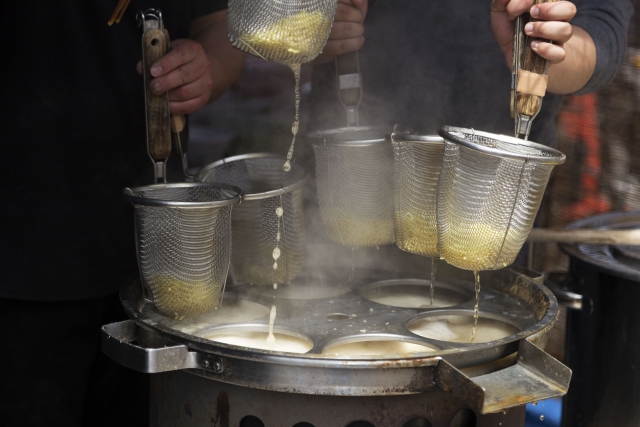
The final step is the topping.
Toppings, such as chashu pork, bamboo shoots, nori seaweed, leeks, and seasoned eggs, are placed on top of the noodles.
They must be prepared with care to ensure that the soup, noodles, and toppings create a trinity of flavors.
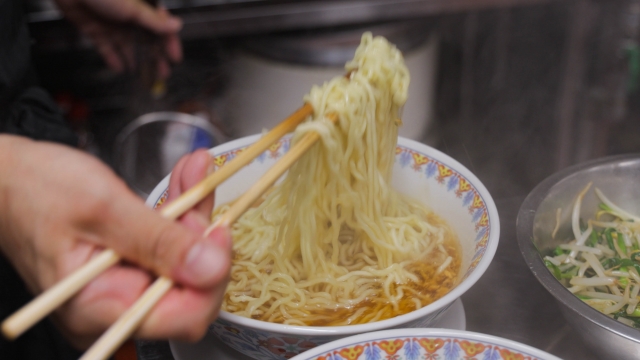
How to eat ramen
Buy meal ticket
When you enter a ramen shop, a ticket vending machine will usually be near the entrance.
Select a menu item from the ticket machine and purchase a meal ticket.
You can also select the type of ramen, toppings, and sides.

Hand meal ticket to staff
Once you are seated, give the meal ticket to the staff.
At this time, many customers let them know how hard they like the noodles and how thick they like the soup.
Wait
Wait for your ordered ramen to be served.
If the restaurant has a self-service water station, you can grab a drink at this time.
Eat
Your ramen will arrive.
Be sure to enjoy it at your own pace.
If you find the soup too thick after you finish the noodles, it's okay to not drink it all.
Tidy up
Dispose of tissues and other papers used to clean up around your mouth in the shop's trash can.
Enjoying More Than Just Ramen: Expanding Your Ramen Experience
At ramen restaurants, there's more to enjoy than just the ramen itself. Many offer a variety of side dishes and alcoholic beverages that enhance the overall experience. For travelers, visiting a ramen shop can be more than just a meal—it's a way to immerse yourself in Japanese food culture.
Classic Side Dishes
Most ramen shops offer side dishes that pair perfectly with ramen. Among the most popular is gyoza, Japanese-style pan-fried dumplings. With their crispy skin and juicy filling, gyoza are often ordered as a set with ramen.
Other classic sides include:
- Fried rice (chahan): Often served as a "half-fried rice set" alongside ramen. It’s a hearty combination that satisfies.
- Karaage: Japanese fried chicken that's crispy on the outside and juicy inside. It goes especially well with beer.
- White rice: Particularly popular with rich tonkotsu soup. Some enjoy dipping the rice into the leftover broth.
Enjoying Ramen with Appetizers and Alcohol
More ramen shops are adopting elements of Japanese izakaya, making it common to enjoy ramen as the final dish after drinks and small plates. Diners can savor various appetizers while drinking, then finish the night with a bowl of ramen.
- Toppings like marinated soft-boiled egg, seasoned bamboo shoots, and sliced chashu pork are served as small, shareable plates.
- Some shops offer Japanese sake or craft beer, allowing for new pairings with ramen.
- There are also standing-style ramen bars that are easy for solo visitors to enjoy.
The Culture of “Shime Ramen”
In Japan, it's common to eat ramen after drinking alcohol—a practice known as shime ramen (closing ramen). After a night out at an izakaya or bar, many locals head to a ramen shop to end the evening.
Many ramen restaurants stay open late into the night, making them a convenient stop for tourists exploring the nightlife. A warm bowl of ramen offers both comfort and satisfaction, making it a perfect way to wrap up a day of travel.
People’s reaction when eating
"Click here for a list of restaurants offering this item."
